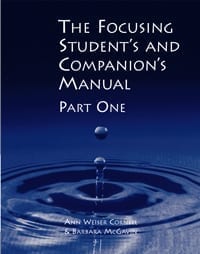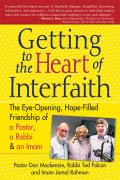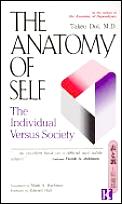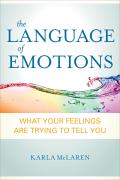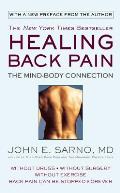Subtitle: An Integral Vision for Business, Politics, Science, and Spirituality
Recommended to me by: David Mitchell
I read this book to learn about Spiral Dynamics, a classification of cultures that makes room for change and values all levels, from bare subsistence to military control to cooperative and aware. The levels are labeled with colors and called “memes” (not the usual Internet meme definition).
A “Theory of Everything” includes these levels, mapped onto quadrants of Interior/Individual (“I”), Exterior/Individual (“IT”), Interior/Collective (“WE”), and Exterior/Collective (“ITS”). The quadrants are also described as Intentional, Behavioral, Cultural, and Social.
The book focuses on how to facilitate a cultural transformation to the next level, from green, relativistic and empathic, but narcissistic according to Wilber, to turquoise, truly holistic and less likely to wreak environmental disaster.
The second section describes various disciplines in “all-level, all-quadrant” ways. Medicine, for example, can look at someone’s emotional state, physical symptoms, availability of care, and social support.
Throughout the book, Wilber refers to his other books. In some ways, this is a condensed summary of his life’s work.
This book felt like an interesting intellectual exercise, ungrounded in intuition or the body. I might agree with some of the conclusions about how to lead a “good” life, but I arrive at them by trying different things and sensing what works for me, not constructing grand edifices and then reasoning from there.


